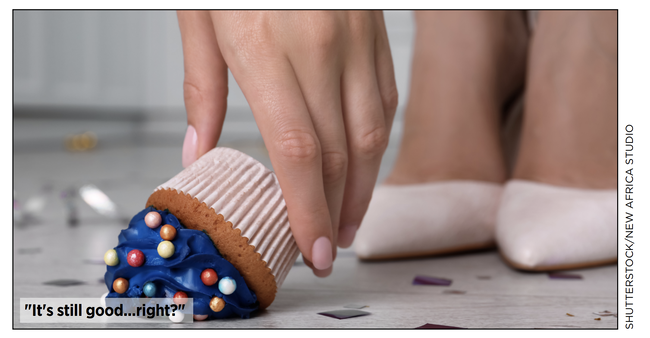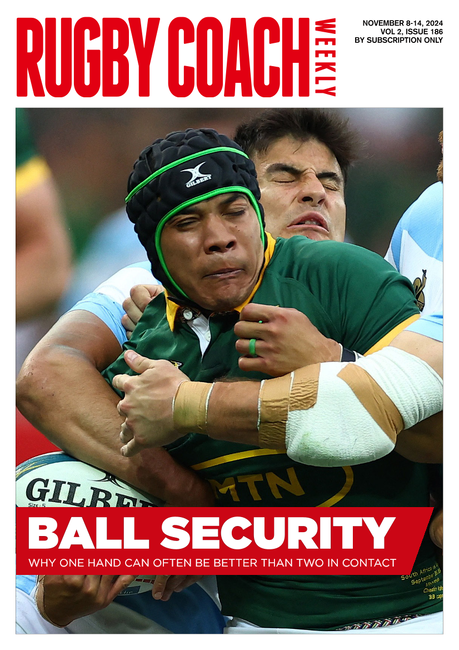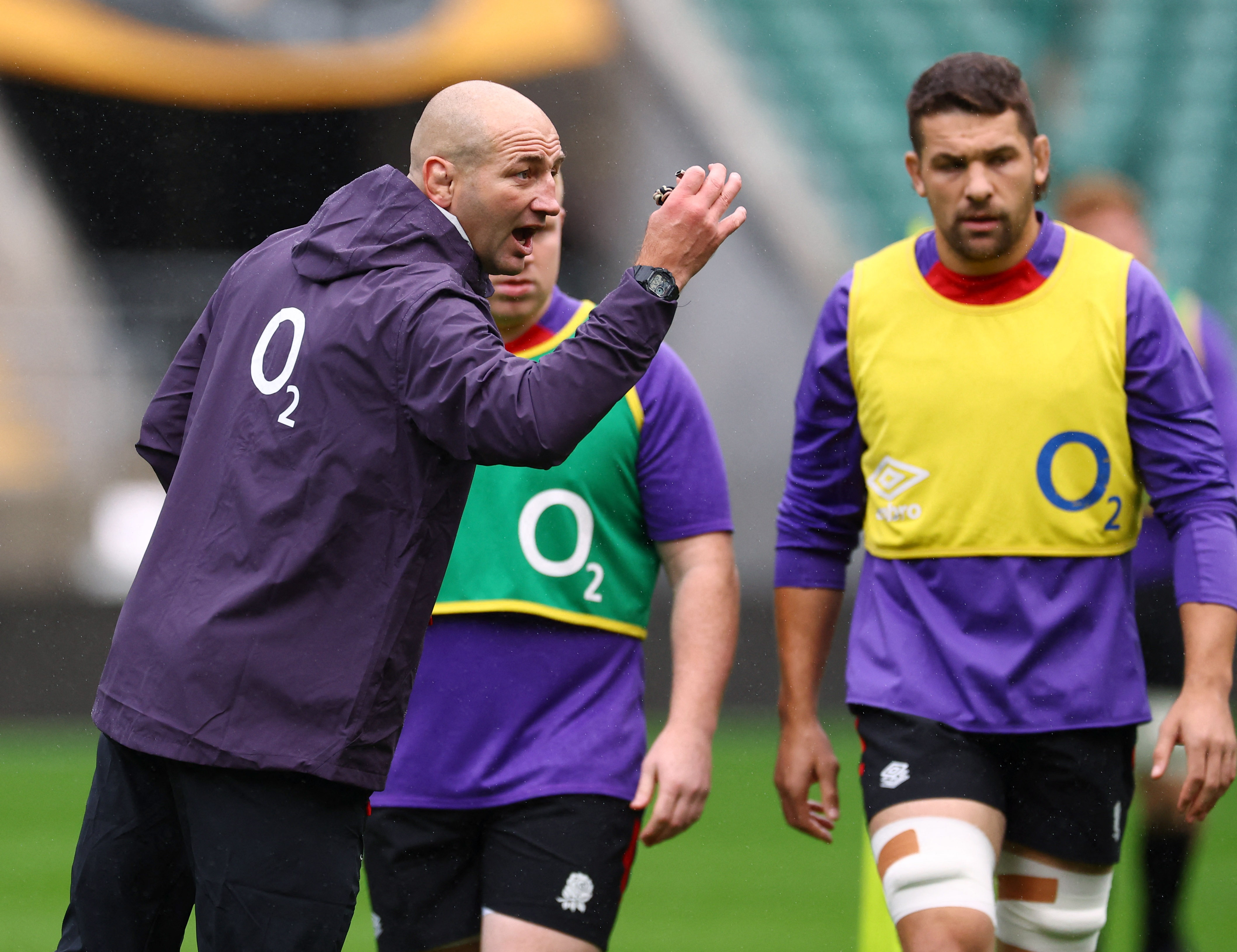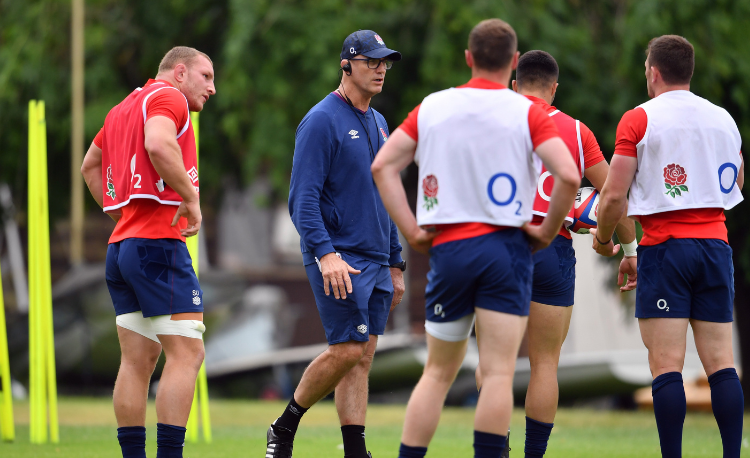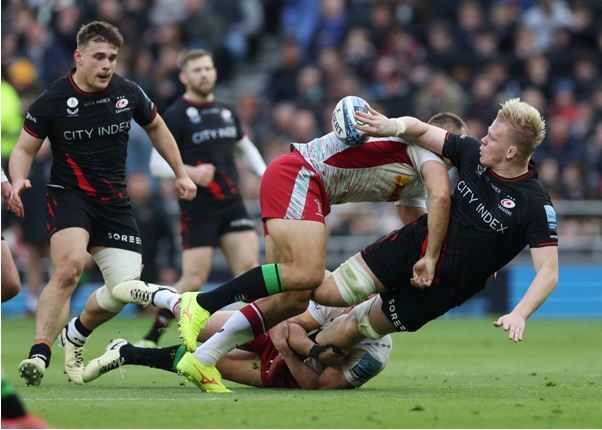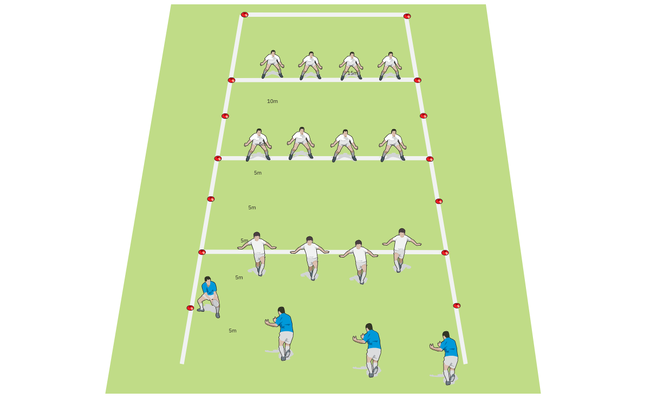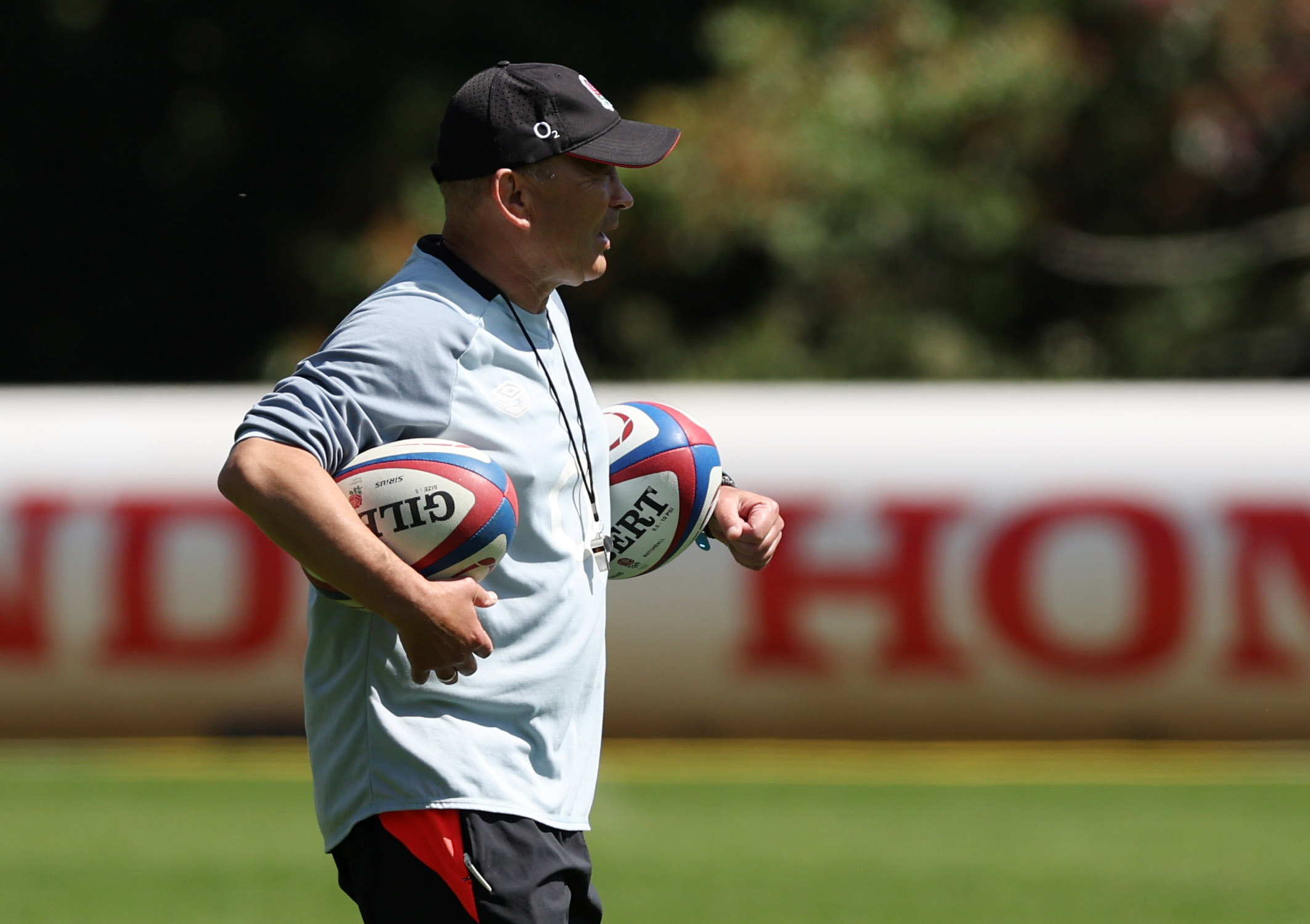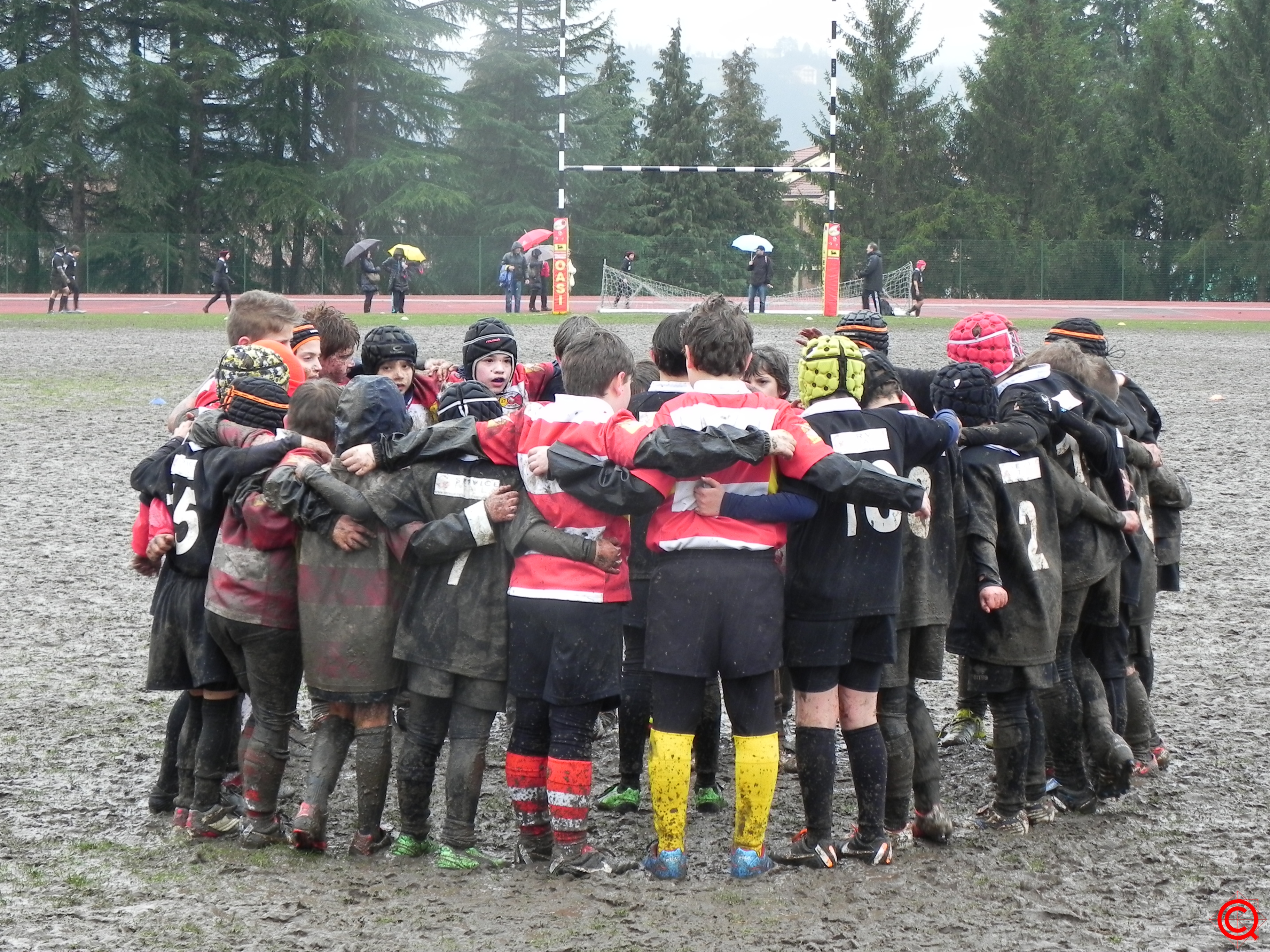Implementing the 'three-second rule'
Quick games need rules that allow enough risk and reward.
I love designing new games to play in training.
I draw inspiration from many sources and shamelessly borrow ideas from other sports. I’ve tried to identify what makes a good game, and several things are clear.
Firstly, those who might have enjoyed a post-match drinking game will know that a good game is a quick game.
Spending too much time setting out the numerous rules frustrates the players before they start. They then find it hard to understand the game itself. More rules can always be added at a later stage if need be.
Secondly, there’s a thrilling risk-and-reward element. To score more points, you must take a risk. There’s a palpable danger.
If there are no consequences, then there’s no risk. This element keeps the game exciting and keeps players on the edge of their seats.
For example, what happens next if you drop the ball in a game?
Well, in a normal match, if it goes forward, you lose possession immediately, either for a scrum or with the other team gathering. If it goes backwards, the opposition might be able to pounce on it; otherwise, it simply slows down your attack.
A dropped ball, therefore, can be bad news.
But we do need to ask why it was dropped. It could be poor skill, or a pass under pressure, which might have been aimed at releasing a player into space.
If the players played under a ’no-risk’ policy, they would hold onto the ball and not drop it. But as we know, we need to pass to find space and sometimes do it at the last moment to draw a defender.
Let’s take that into a training game and not allow knock-ons. That’s close enough to a real match.
However, a dropped pass or one that doesn’t reach its intended receiver could have a modified rule with a risk-and-reward element.
The reward for attempting the pass is a chance to go on to score. The risk, should the ball be fumbled, must be some turnover.
Try using the ’three-second rule’, which some apply to their food.
Just as you might pick up some tasty morsel that’s fallen on the floor and still eat it after three seconds (scientifically unproven, by the way!) if the attacking team can retrieve the ball within three seconds, play on.
Newsletter Sign Up
Coaches Testimonials

Gerald Kearney, Downtown Las Vegas Soccer Club

Paul Butler, Florida, USA

Rick Shields, Springboro, USA

Tony Green, Pierrefonds Titans, Quebec, Canada
Subscribe Today
Be a more effective, more successful rugby coach
In a recent survey 89% of subscribers said Rugby Coach Weekly makes them more confident, 91% said Rugby Coach Weekly makes them a more effective coach and 93% said Rugby Coach Weekly makes them more inspired.
Get Weekly Inspiration
All the latest techniques and approaches
Rugby Coach Weekly offers proven and easy to use rugby drills, coaching sessions, practice plans, small-sided games, warm-ups, training tips and advice.
We've been at the cutting edge of rugby coaching since we launched in 2005, creating resources for the grassroots youth coach, following best practice from around the world and insights from the professional game.
